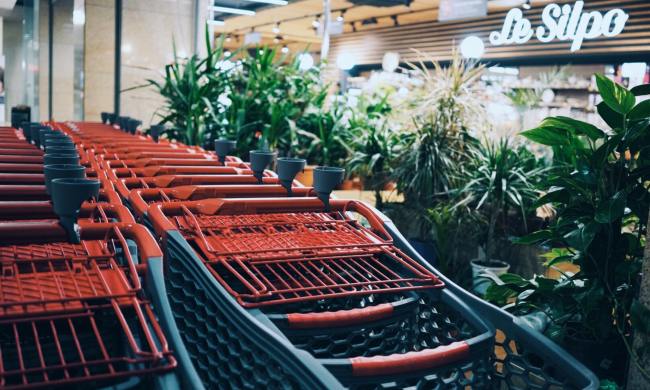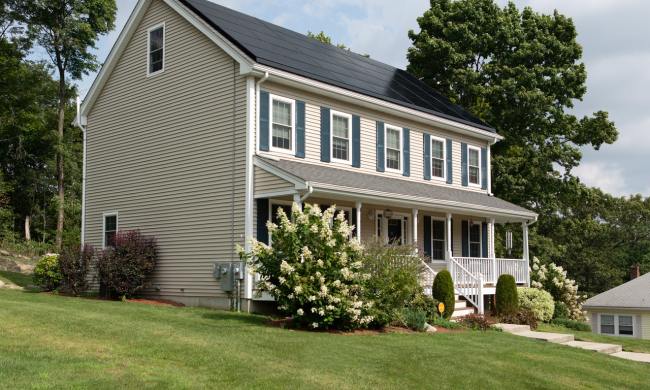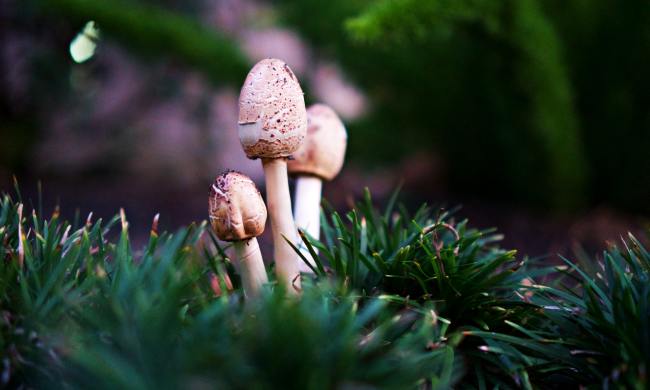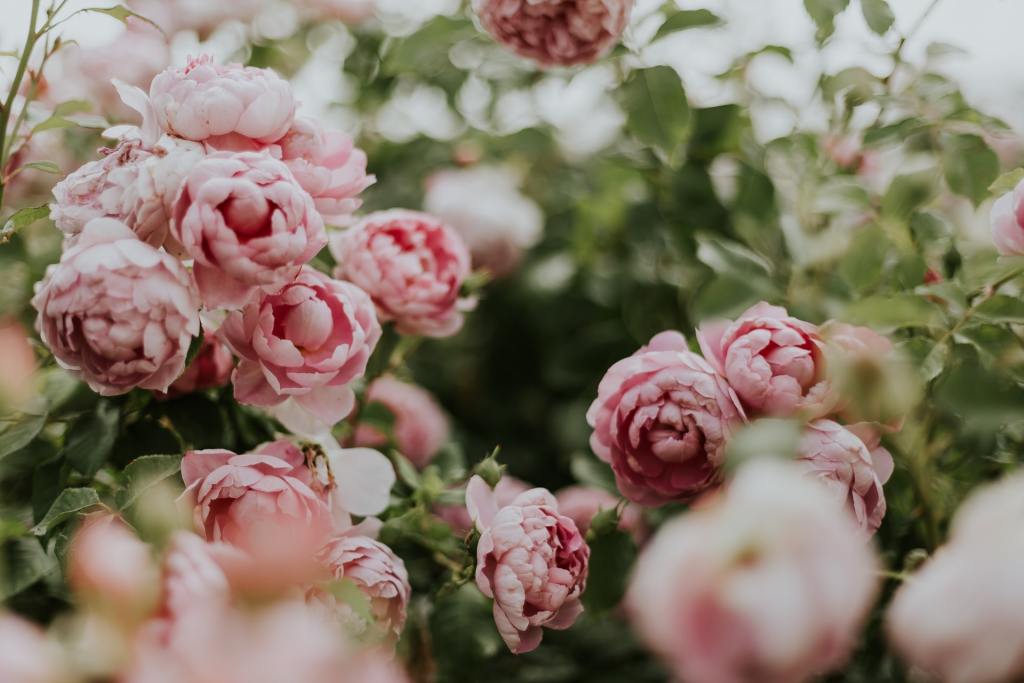
Omens of good fortune and happy marriages, peonies are one of the most luscious and beautiful flowers you can grow in your garden. Luckily, they’re pretty easy to grow and have an impressive plant hardiness zone range between zones 3 and 8 — they can truly flourish even in cold environments.
There are 33 known species of peonies ranging in size, bloom color, and care needs, so you’re sure to find one that’s right for you and your climate. There is an art to feeding any type of peony, though. Ahead, we’ll break down everything you need to know about finding and applying the right peony fertilizer.
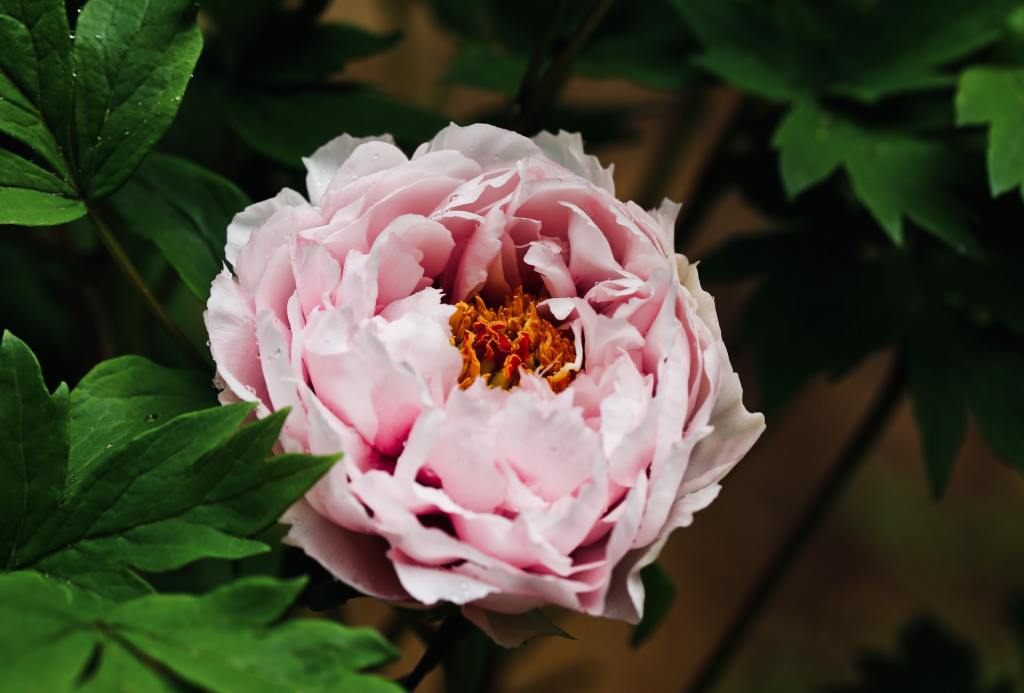
General peony maintenance tips
Even before you reach for plant food, you want to make sure you’re giving your peony what it needs in all other aspects of its care — fertilizer can only do so much for a struggling plant. Let’s start with the basics: getting your peony plant into the ground. When planting your peony, you want to be mindful of not disturbing the roots too much. You should also avoid planting your peony too deeply, or else you won’t be able to experience robust blooms.
So where should you grow your peonies? On the matter of location, most peonies thrive in full sun and in neutral to slightly acidic, well-draining soil. When your peonies have settled down into their prime location, give them about 1 inch of water each week. As their flowers fade, stay on top of deadheading to encourage more blooms throughout the growing season.
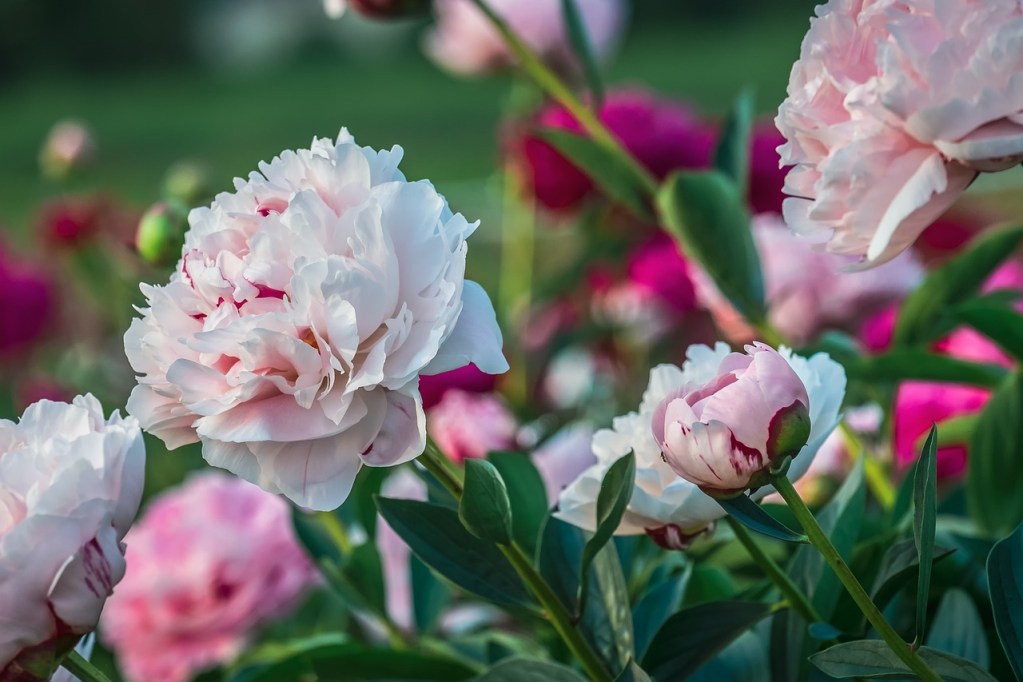
The best type of fertilizer for peonies
Although they are tuber plants, peonies will benefit best from a fertilizer made specifically for flowering bulb plants. Bulb fertilizers are optimized for how bulb and tuber plants take in and use nutrients. Perennial fertilizers will also work as long as the ratios are 10-20-20 or 5-10-10. The most important aspect of fertilizing your peony plant properly is to ensure the fertilizer you use doesn’t have too much nitrogen. Too much nitrogen will encourage leafy growth, which is problematic when you want to promote blooms.
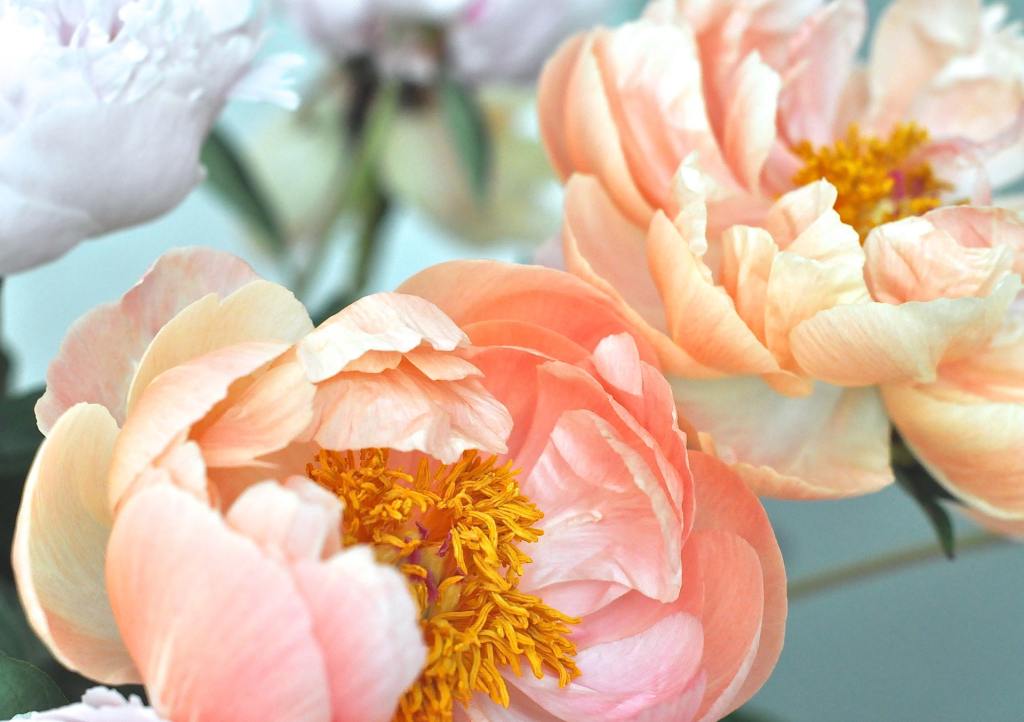
Miracle-Gro Bloom Booster
This water-soluble fertilizer is specifically formulated for blooming plants. It’s easy to use and has just the right amount of nutrients in it to promote more flowers from your peony plant. Plus, it’s affordable and easy to use! You just need a watering can and something to use to measure out the amount specified in the instructions. Apply around the base of your peony plant and watch it thrive.
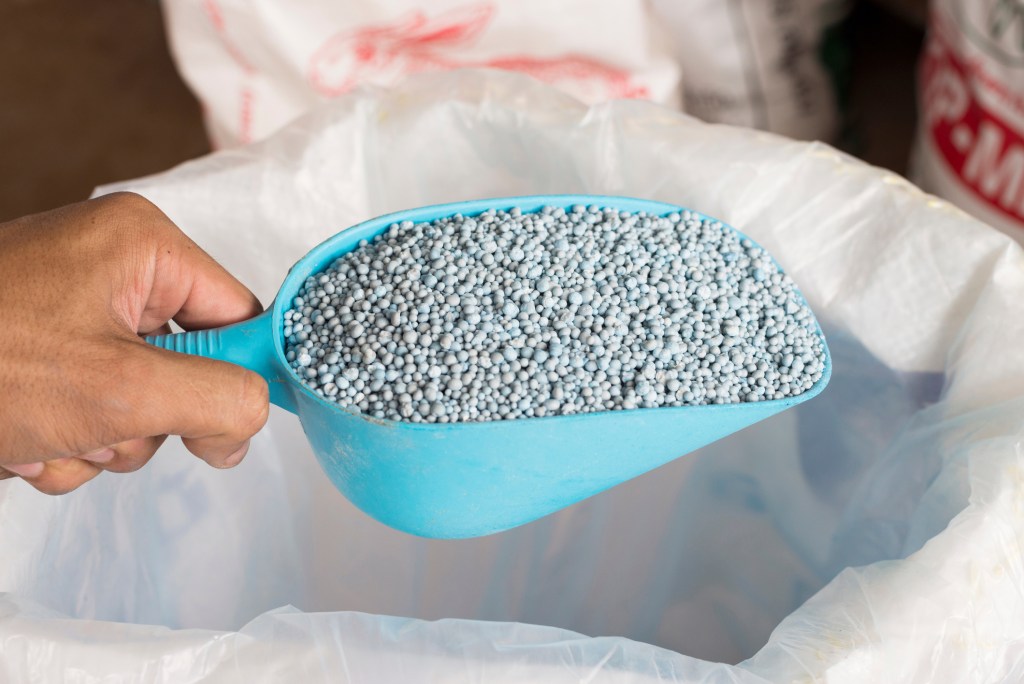
Dr. Earth Bud & Bloom Booster
If you’re looking for an organic option, this fertilizer by Dr. Earth is perfect for peonies. It comes in granules that will last for months, continuously feeding your peony plant. Additionally, it comes in a four-pound bag that’s sure to last you a while. Though it’s more of an investment than other options on this list, it’s not going to disappoint.
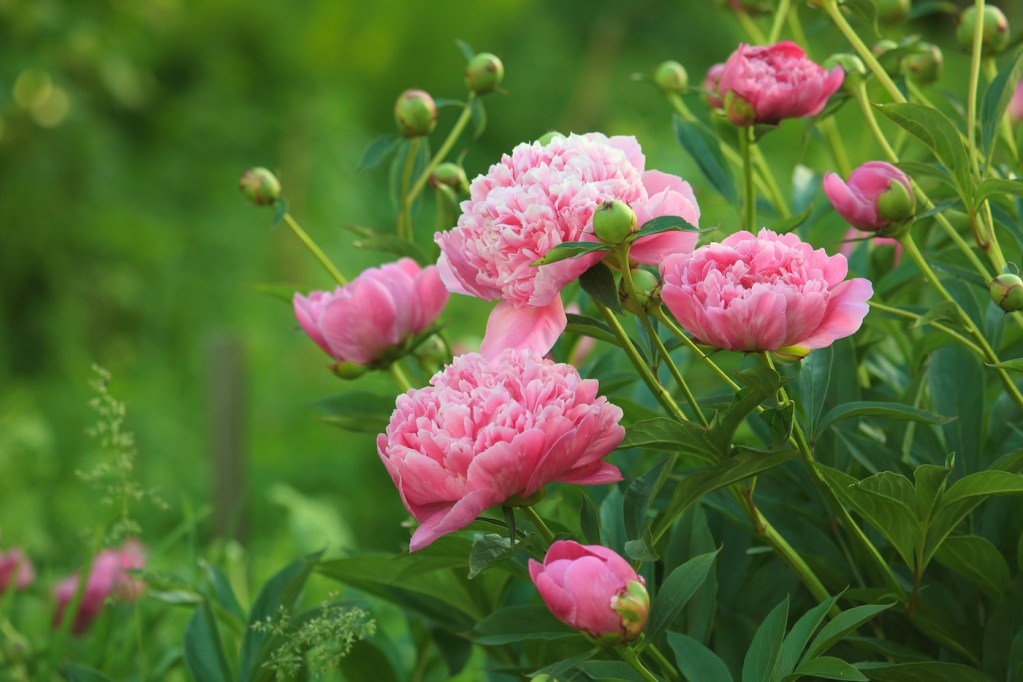
Espoma Bulb-Tone Bulb & Flower Food
Another organic option is this fertilizer by Espoma. It’s a bulb and flower food perfectly formulated to feed your plant for a long while and also encourages blooms without stressing out your plant. It comes in 4-pound bags and is a bit more affordable than other options for organic gardens.
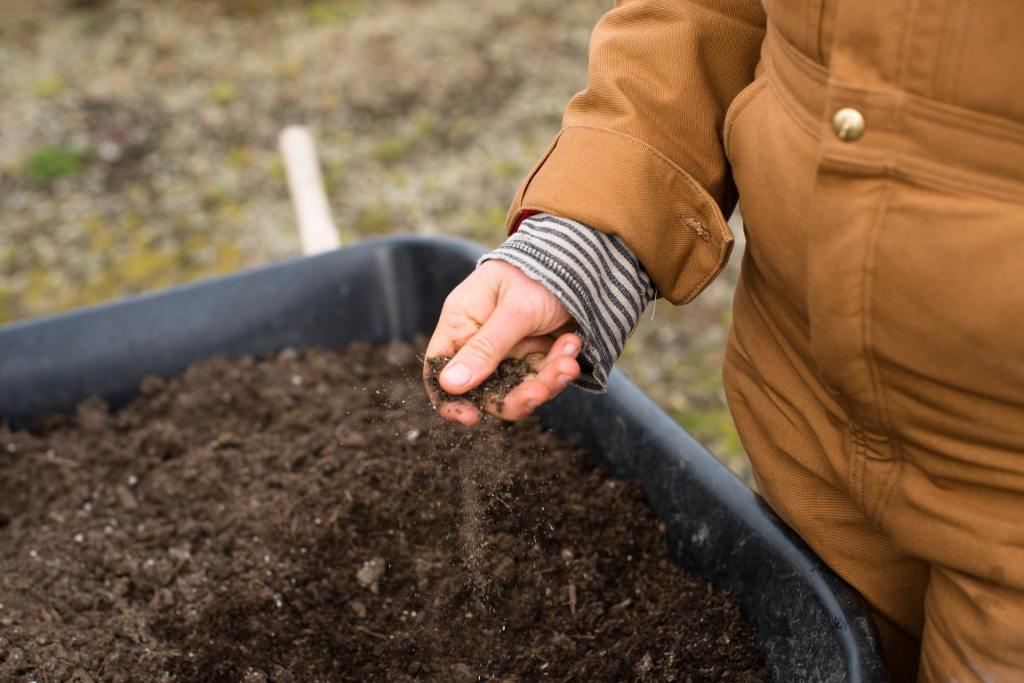
How to use a peony fertilizer
Now that we’ve gone over what kind of fertilizer your peony plant wants, let’s talk about how to use that fertilizer to best support your plant for a long, healthy life and head-turning blooms.
Peonies should be fertilized twice a season; the first time you fertilize will be early in the spring. Wait until you see shoots coming from the plant. Once the shoots reach about three to six inches in length, you can apply your first round of fertilizer. Do not apply directly to the plant, but rather around the base. Applying the fertilizer to the plant itself can result in burning or even killing your plant. The second time you fertilize, you’ll want to wait until the plant has produced buds that are the size of peas. This will give the plant another boost as it prepares to push out big, luscious flowers.
After that second feeding, your peony plant should be good for the season. However, if you’re noticing signs of stress or the number of flowers you’re getting doesn’t seem right, you can supplement your routine with a bone meal product for strong root growth and flower setting.
Peonies are some of the most beloved flowers on the planet. They’re grown all over the world for their beauty, their history, and their application in medicine. They’re easy to care for, so jump right in and try your hand at growing these stunning flowering plants.
